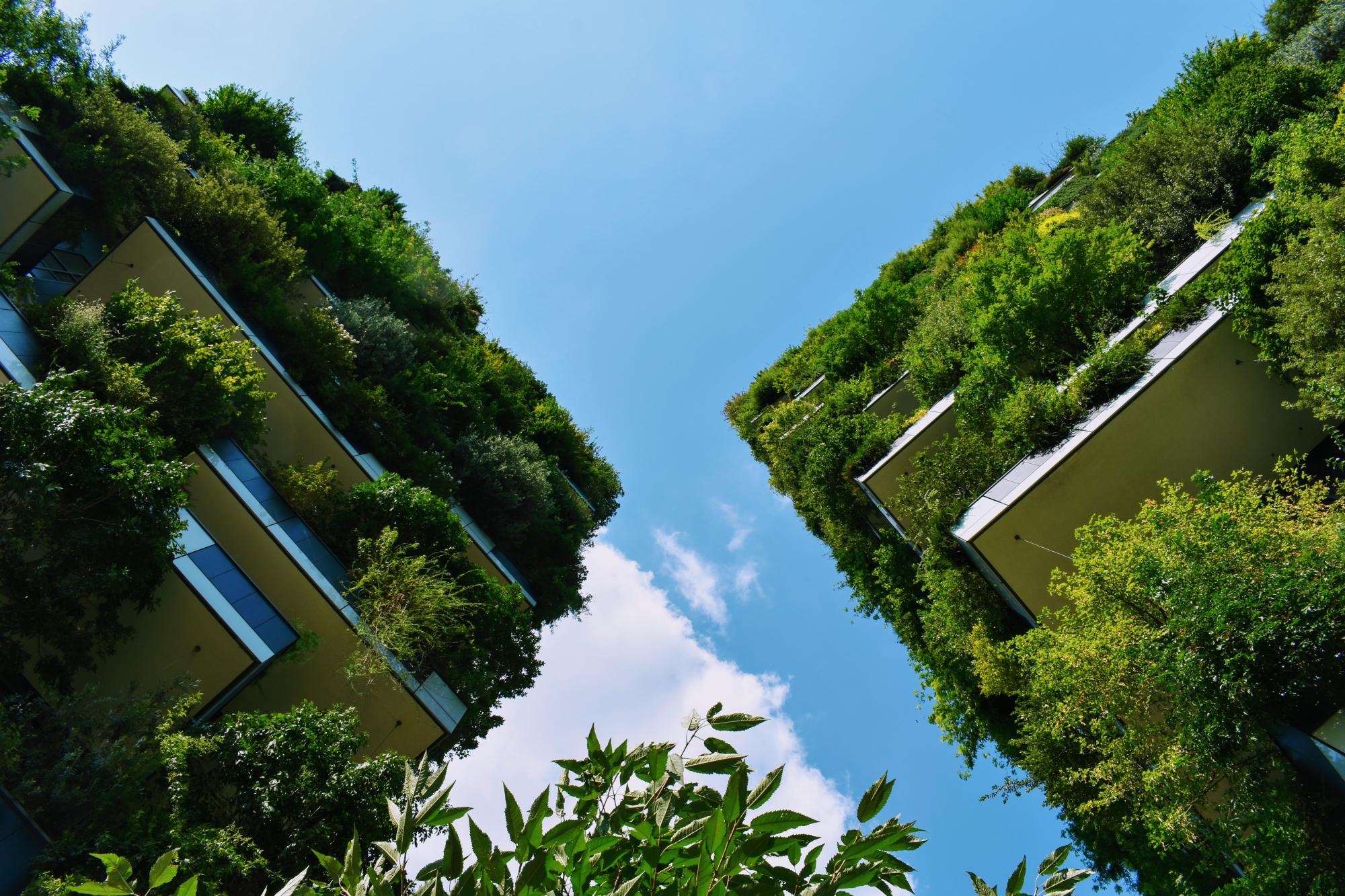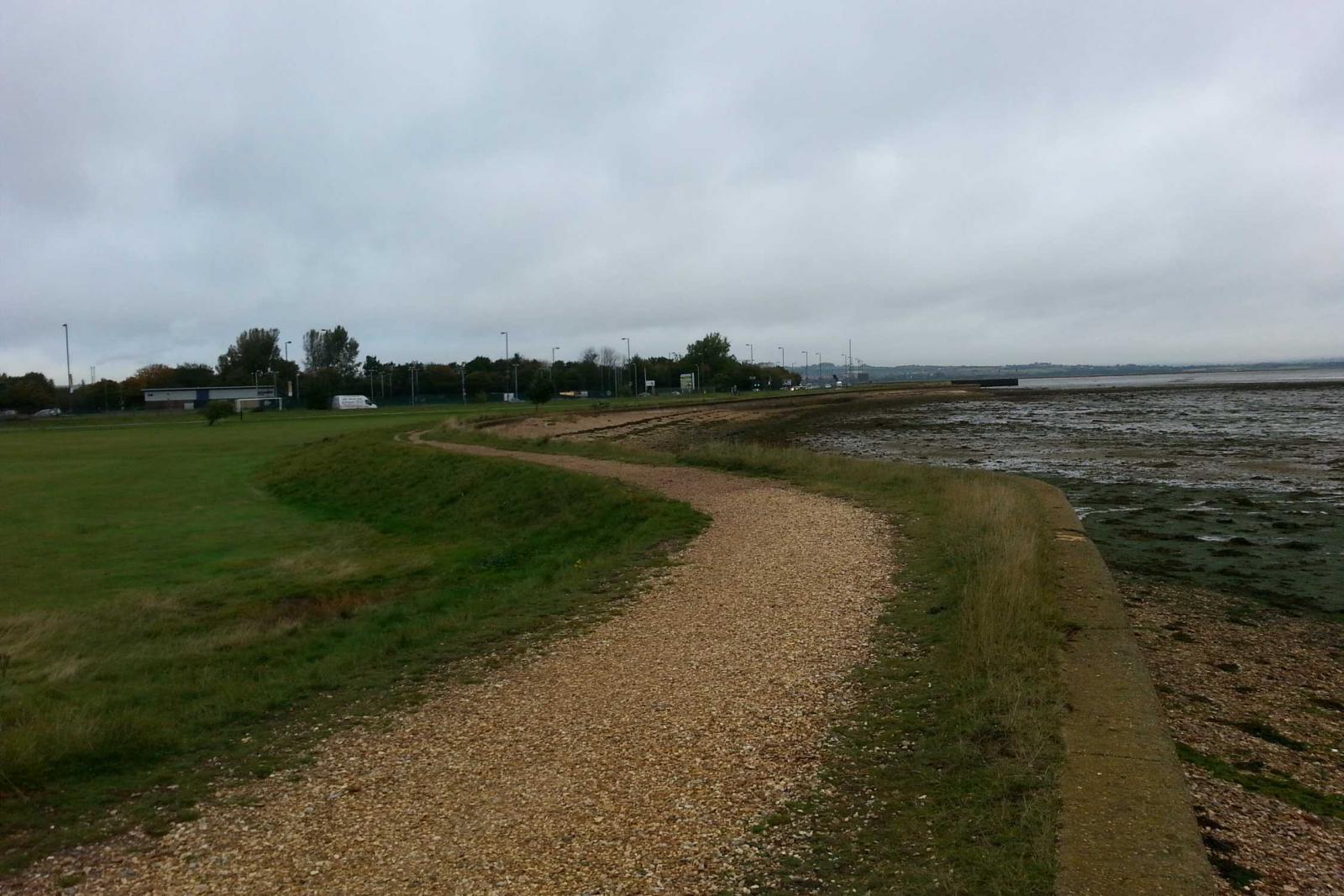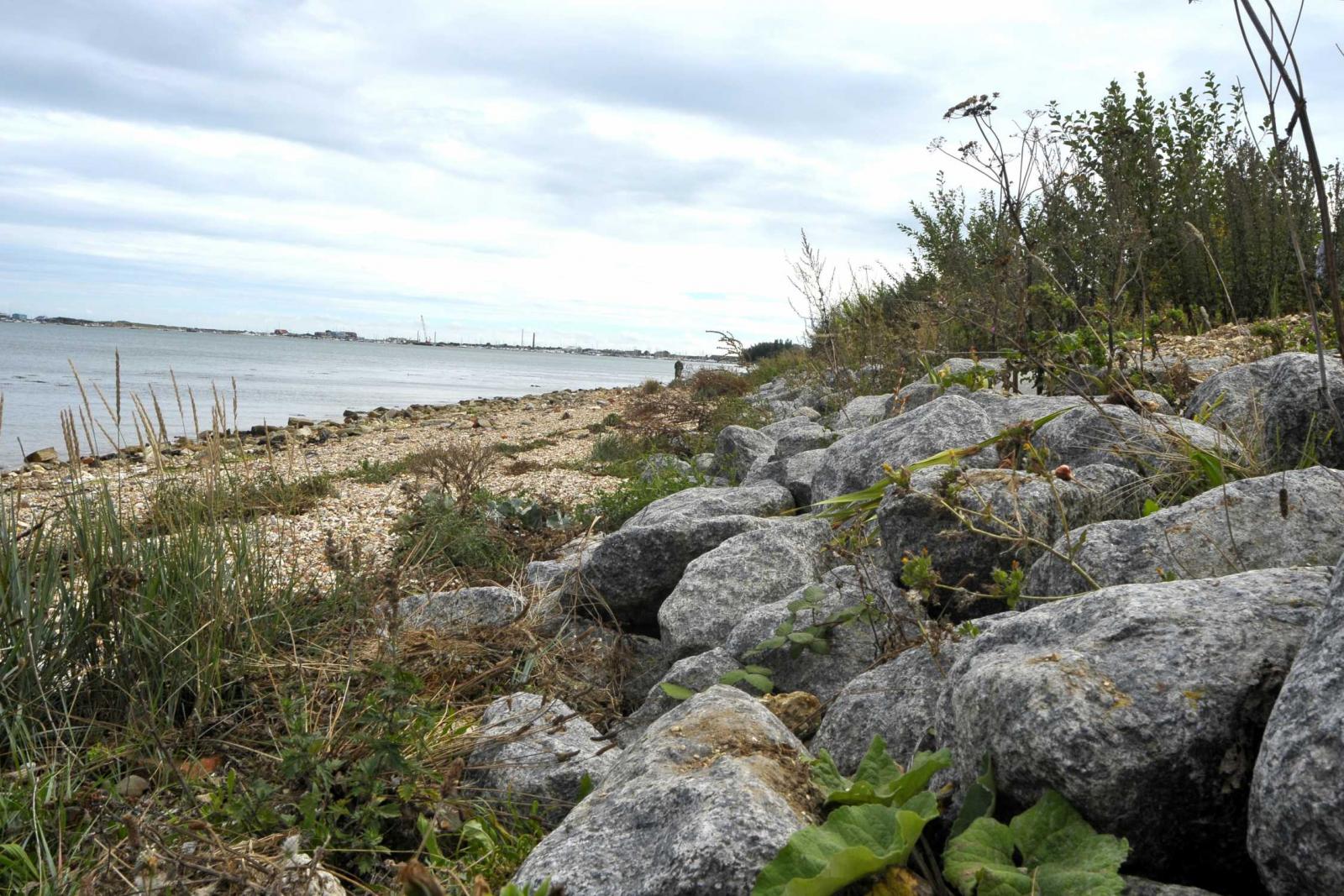Milton Common is the second stage of the multi-million-pound Flooding and Coastal Erosion Risk Management scheme being developed across the north of Portsea Island, from Mountbatten Centre round to Milton Common. The overall project will reduce the risk of coastal flooding and erosion and provide the critical infrastructure the city will need over the next 100 years (6). As the second phase, Milton Common included the instalment of a new rock revetment as a plans defence, the creation of a coastal path and three new earth bunds with new footpaths (6). The work has also included the demolition of Great Salterns Quay and restoration of the natural mudflat habitat (2,4). The fully completed scheme will significantly reduce the risk of coastal flooding to Milton Common and the local area over the next 100 years; it will offer protection against a 1 in 500-year flood event providing one of the highest standards of flood protection in the UK outside of London (6).
Overview
Nature-based solution
- Blue infrastructure
- Coastlines
Key challenges
- Climate action for adaptation, resilience and mitigation (SDG 13)
- Climate change adaptation
- Water management (SDG 6)
- Flood protection
- Coastal resilience and marine protection (SDG 14)
- Coastal protection / hazard mitigation
- Green space, habitats and biodiversity (SDG 15)
- Green space creation and/or management
Focus
Project objectives
Implementation activities
Climate-focused activities
Climate change adaptation:
- Protect coastal and freshwater ecosystems to prevent coastal erosion and pollution
- Restore wetlands and/or coastal ecosystems to dissipate the effects of flooding and/or storms
Main beneficiaries
- Local government/Municipality
- Citizens or community groups
Governance
Management set-up
- Government-led
Type of initiating organisation
- Regional government
- Local government/municipality
Participatory approaches/ community involvement
- Unknown
Details on the roles of the organisations involved in the project
Project implemented in response to ...
Financing
Total cost
Source(s) of funding
- Public local authority budget
Type of funding
- Earmarked public budget
Non-financial contribution
Impacts and Monitoring
Environmental impacts
- Climate change
- Increased protection against sea level rise
- Strengthened capacity to address climate hazards/natural disasters
- Water management and blue areas
- Increased protection against flooding
- Enhanced protection and restoration of coastal and marine ecosystems
- Green space and habitat
- Promotion of naturalistic styles of landscape design for urban development
- Increased green space area
- Increased conservation or restoration of ecosystems
- Increased number of species present
Economic impacts
- Unknown
Socio-cultural impacts
- Health and wellbeing
- Gain in activities for recreation and exercise
Type of reported impacts
Presence of formal monitoring system
Presence of indicators used in reporting
Presence of monitoring/ evaluation reports
Availability of a web-based monitoring tool
References
2. The Portsmouth News. (2016). Work continues on revamp of Portsmouth’s flood defences. Accessed on Nvember 12, 2020, Source link
3. The Portsmouth News. (2016). Next phase of Portsmouth coastal defence improvement work to begin in 2017. Accessed on November 12, 2020, Source link
4. AboutMyArea News. (2016). Milton Phase of Coastal Defence Work Begins Next Week. Accessed on November 12, 2020, Source link
5. Portsmouth City Council. (n.d). New Coastal Defences Protecting the Future of Anchorage Source link not available
6. Coastal Partners. (n.d). North Portsea Island - Milton Common, Phase 2. Accessed on November 12, 2020, Source link
7. Coastal Partners. (n.d). Protecting the Future of North Portsea Island. Accessed on November 12, 2020, Source link
8. Coastal Partners. (n.d). North Portsea Island - Anchorage Park, Phase 1. Accessed on November 12, 2020, Source link




